This week marks Migraine Awareness Week, an important time to reflect on the enormous impact of this often invisible brain disease. Because, unfortunately, I can tell you from personal experience that (chronic) migraine is so much more than just a headache: it's a complex condition that can have significant physical, emotional, and social consequences.
What exactly is migraine?
Migraine is a neurological disorder characterized by recurring attacks of headache (often throbbing, on one side), worsened by movement, and associated symptoms such as nausea, sensitivity to light and sound. Some people also experience an aura: brief neurological symptoms such as visual disturbances, tingling, or speech problems, preceding the pain.
The frequency and severity of attacks vary considerably: from one attack per year to several times a week. For many people, this pattern changes over the course of their lives, with hormonal changes, menstrual cycles, pregnancy, or menopause as contributing factors.
Want to know my (Mariko's) story? Then scroll down.

The current figures in the Netherlands
The figures show how big the impact of migraine is, in our country alone:
- 2.5 million Dutch people have migraines - together they have about 70,000 attacks every day
- It is estimated that 10-20% of the population suffers from migraines
- Migraine is the most disabling disease in women of childbearing age, according to the WHO
- According to the WHO, migraine is one of the ten most disabling conditions
- Chronic migraine (15+ headache days/month): occurs in ± 2.5%
- 87% say migraines affect their social life and daily activities
- 79% cancel plans because of a migraine attack
- For more than 90% of people, migraine affects education, career and social activities
- 64% report severe pain (score 8-10 on a pain scale of 0-10)
The impact of migraine
Migraine affects more than just the hours in which you have an attack:
- Work & school: high absenteeism and reduced productivity
- Daily functioning: difficulty with concentration, social contacts and sleeping
- Mental health: feelings of frustration, misunderstanding and isolation
- Financial: Direct and indirect costs are enormous
Also read: Migraine: more than just a headache

What helps? Personal tips
1. The Hittepit cherry pit cushion
The Hittepit Square ECO Cherry Pit Pillow (27 x 27 cm) feels nice and heavy on your head when you're having an attack and waiting for the medication to take effect. I especially like the weight, but you can also freeze a cherry stone pillow and microwave it. The gentle warmth relaxes muscles and provides relief, and the cold is nice for the pain.
2. Cold: the PurelyGoods® migraine mask
The PurelyGoods® Migraine Mask is a cold mask/cap that you keep in the freezer. During an attack, it helps relieve pressure and provides relief in the right places, without having to hold anything.
3. Treatment at The Migraine Clinic
The Migraine Clinic is a specialized place where you feel truly understood. They look at the bigger picture and, in addition to treatment, recently offered a supportive community for peer support.
4. Fellow sufferers at Hoofdpijnnet
At Hoofdpijnnet you'll find news, personal stories, forums, and connections with others who have migraines. A place to feel heard and share experiences.
5. Extra tips for daily life
- Ensure regularity in sleep, nutrition and exercise
- Track triggers in a migraine diary (or app, I use Migraine Buddy )
- Try to actively absorb moments of stress through breathing, walking or meditation
- Avoid bright lights, loud noises, and strong odors during an attack
- Discuss preventive options with your doctor if attacks recur regularly
Also read: 👉 Interview with Mariko in Hoofdpijnzaken

What can you do during Migraine Awareness Week?
- Share your experience, write about it or talk about it
- Take some time to try something new (like a heat pack or mask)
- Join a community: you're not alone
- Check your lifestyle: small adjustments can make a big difference
Finally, don't keep it to yourself
Migraines aren't something you simply have to live with. They deserve attention, care, and understanding. Whether you experience one attack a year or struggle with symptoms daily, you're not alone.
Which tip resonates with you most? And what helps you on a tough day? Let us know, together we can make migraines less invisible.

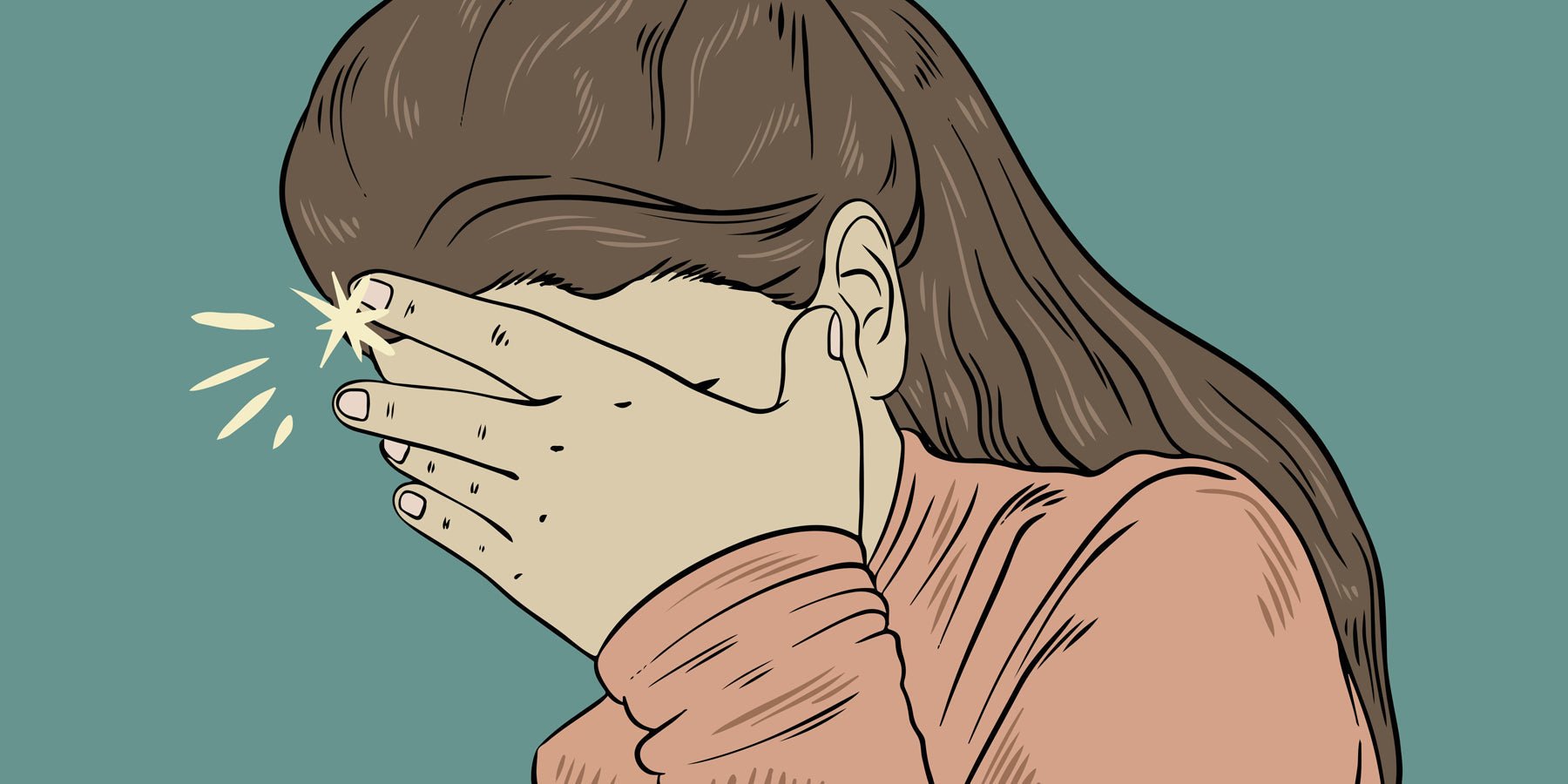


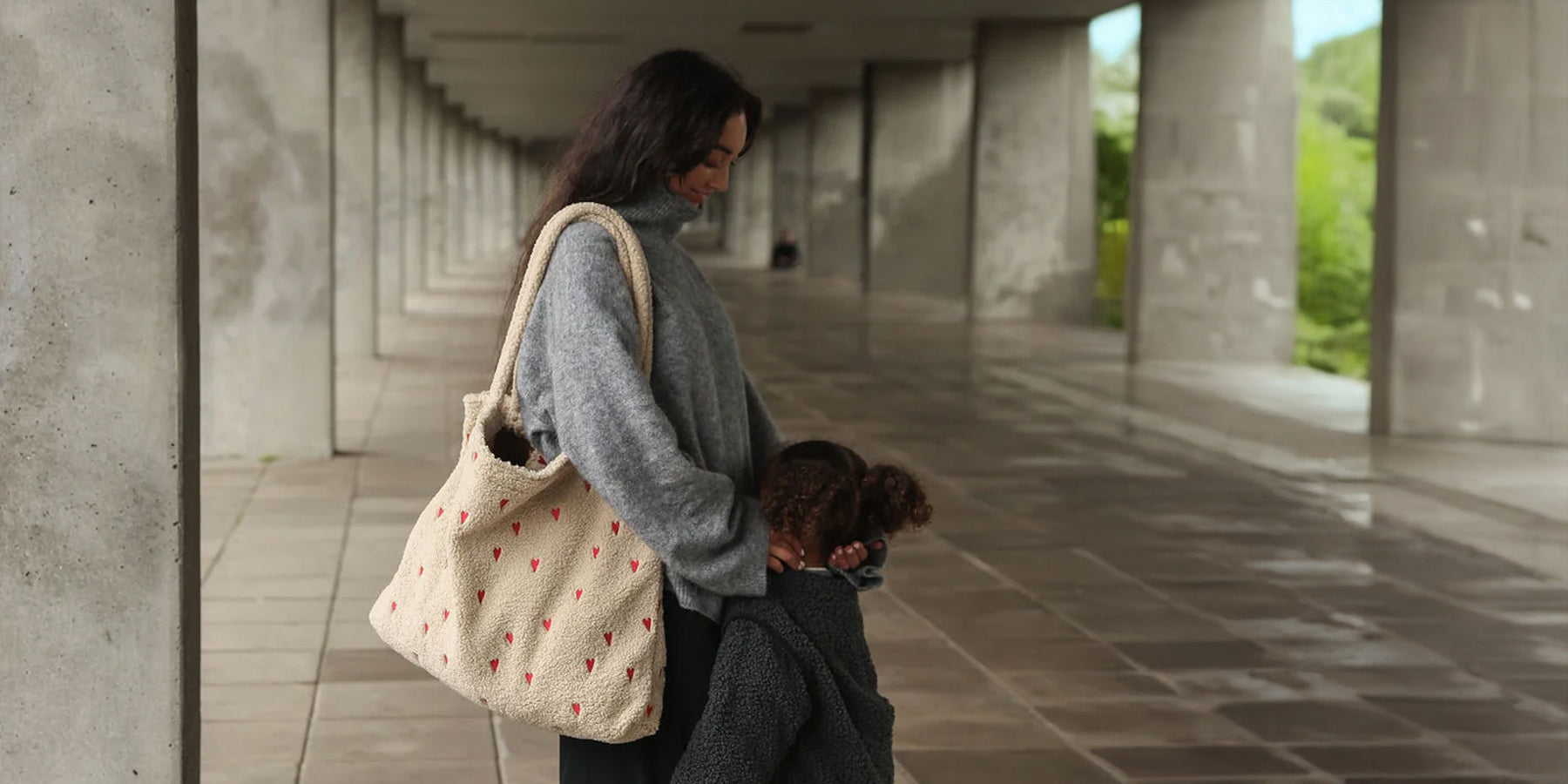
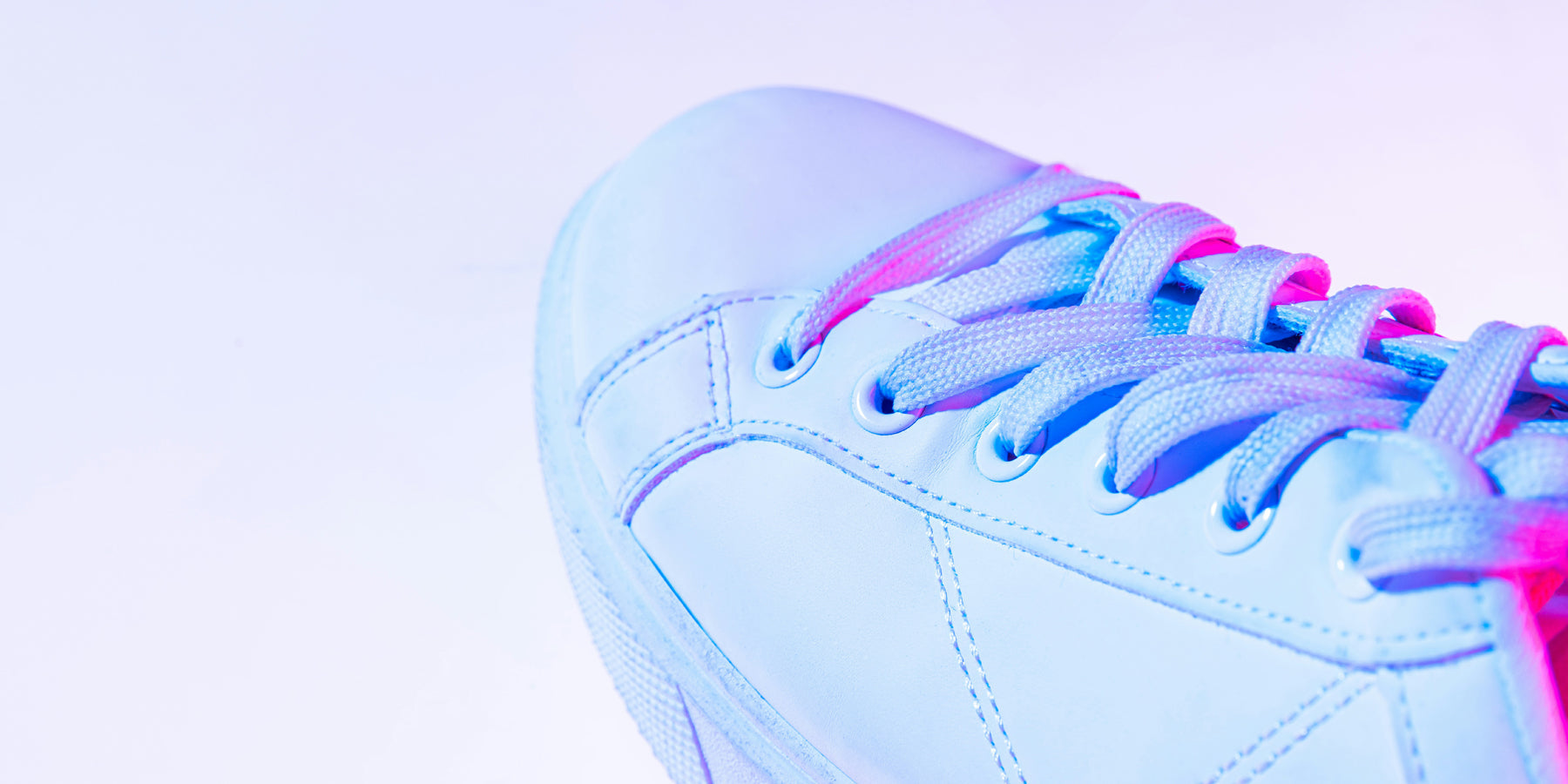

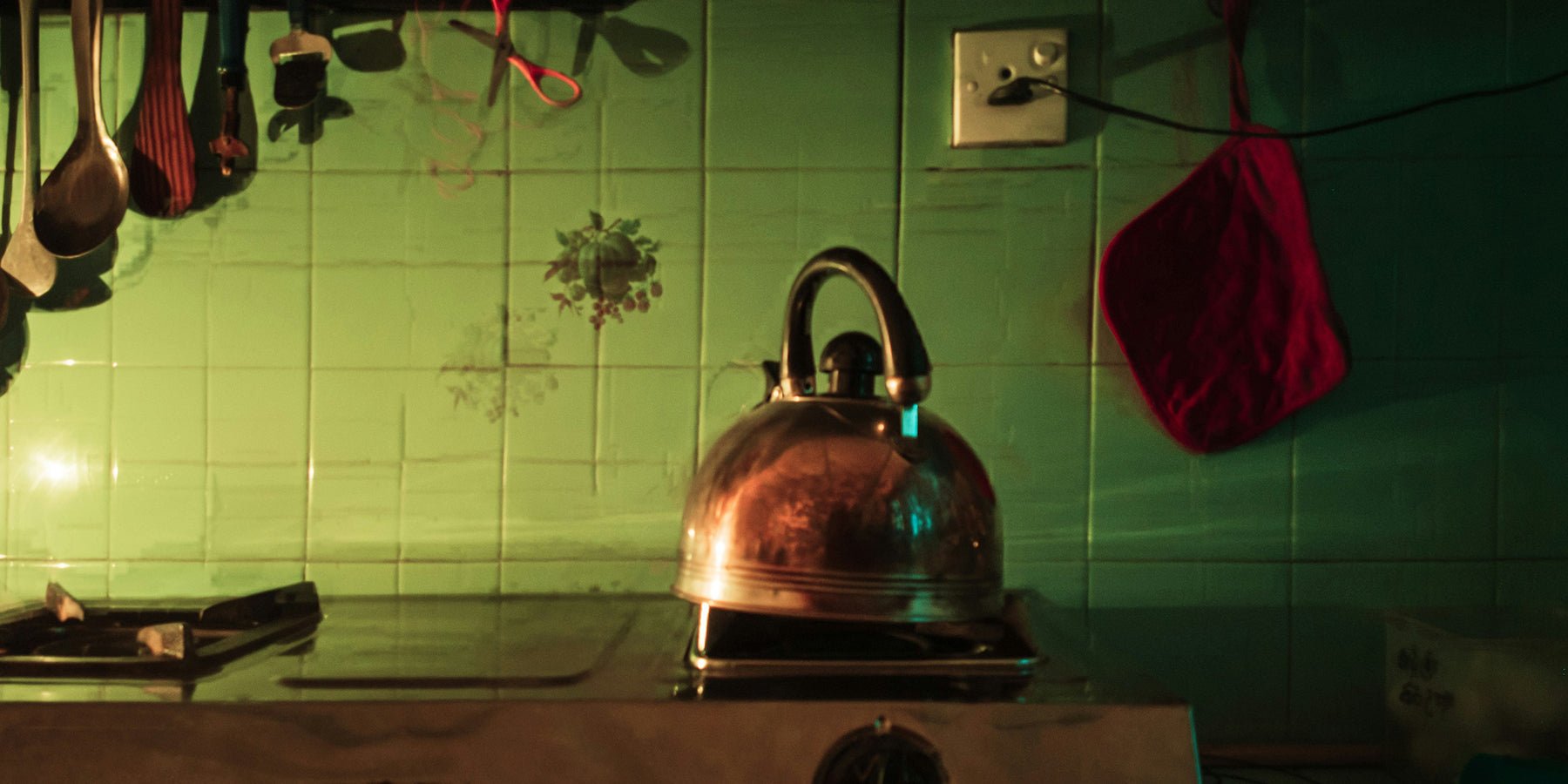
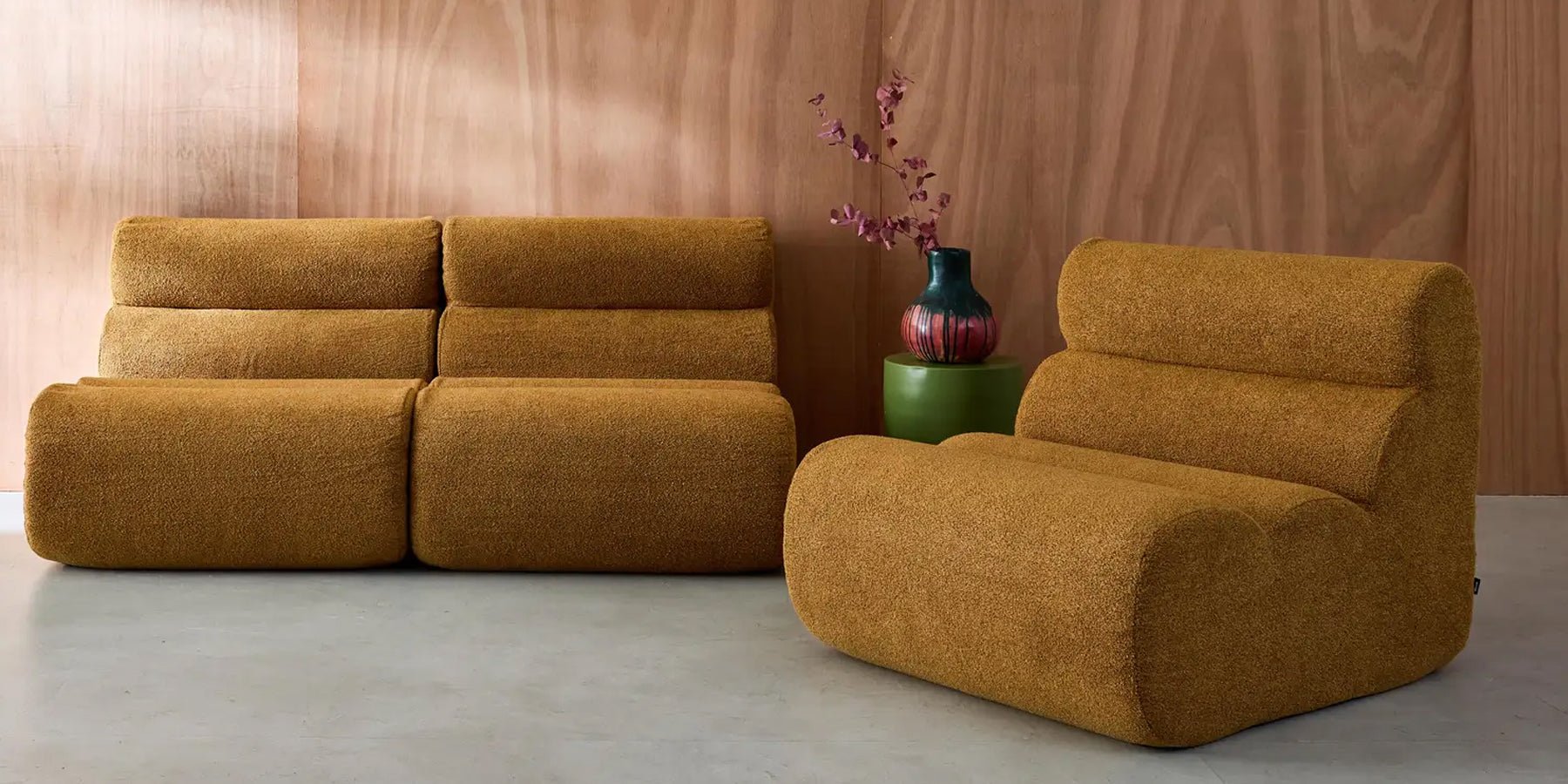
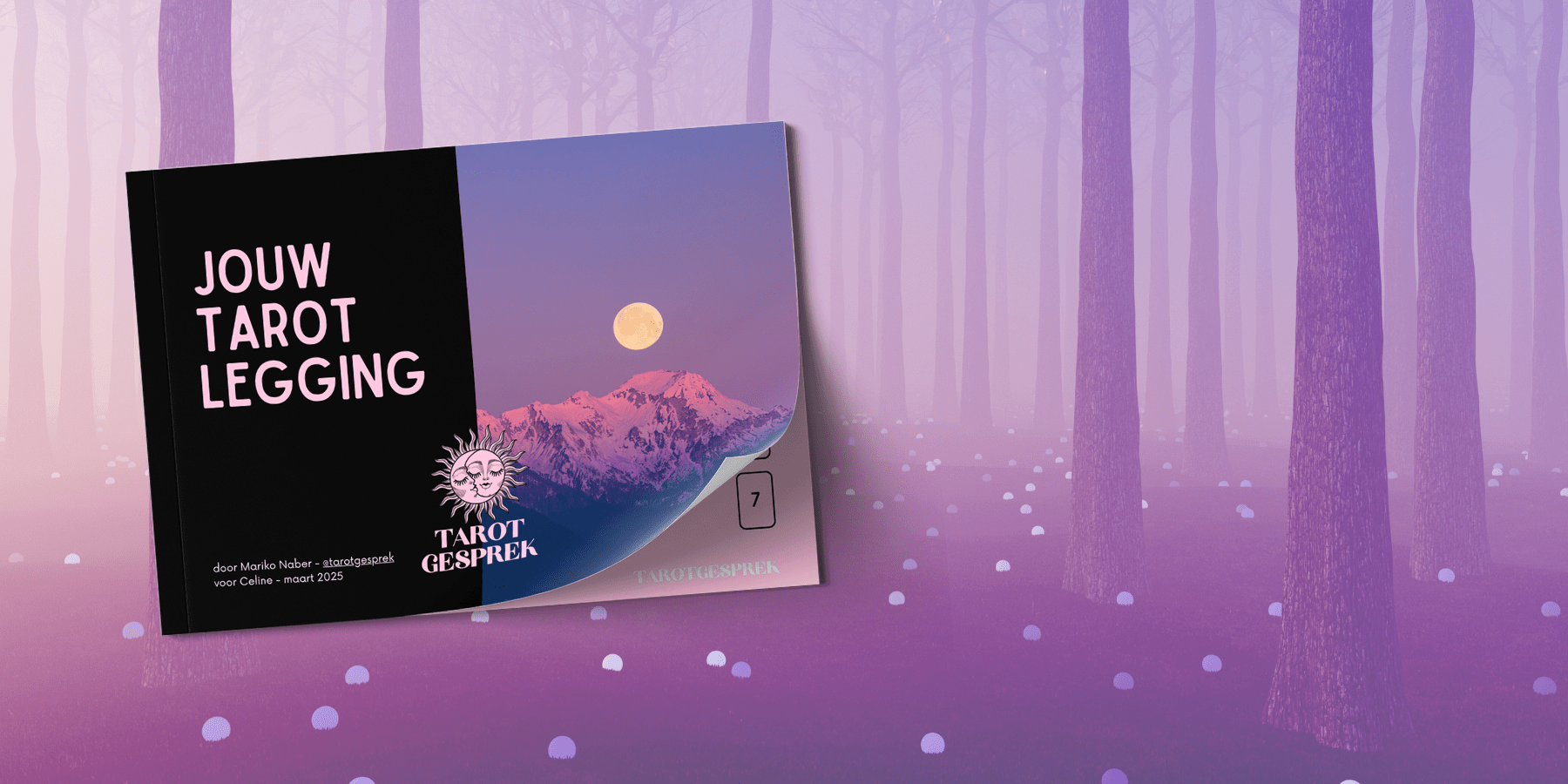

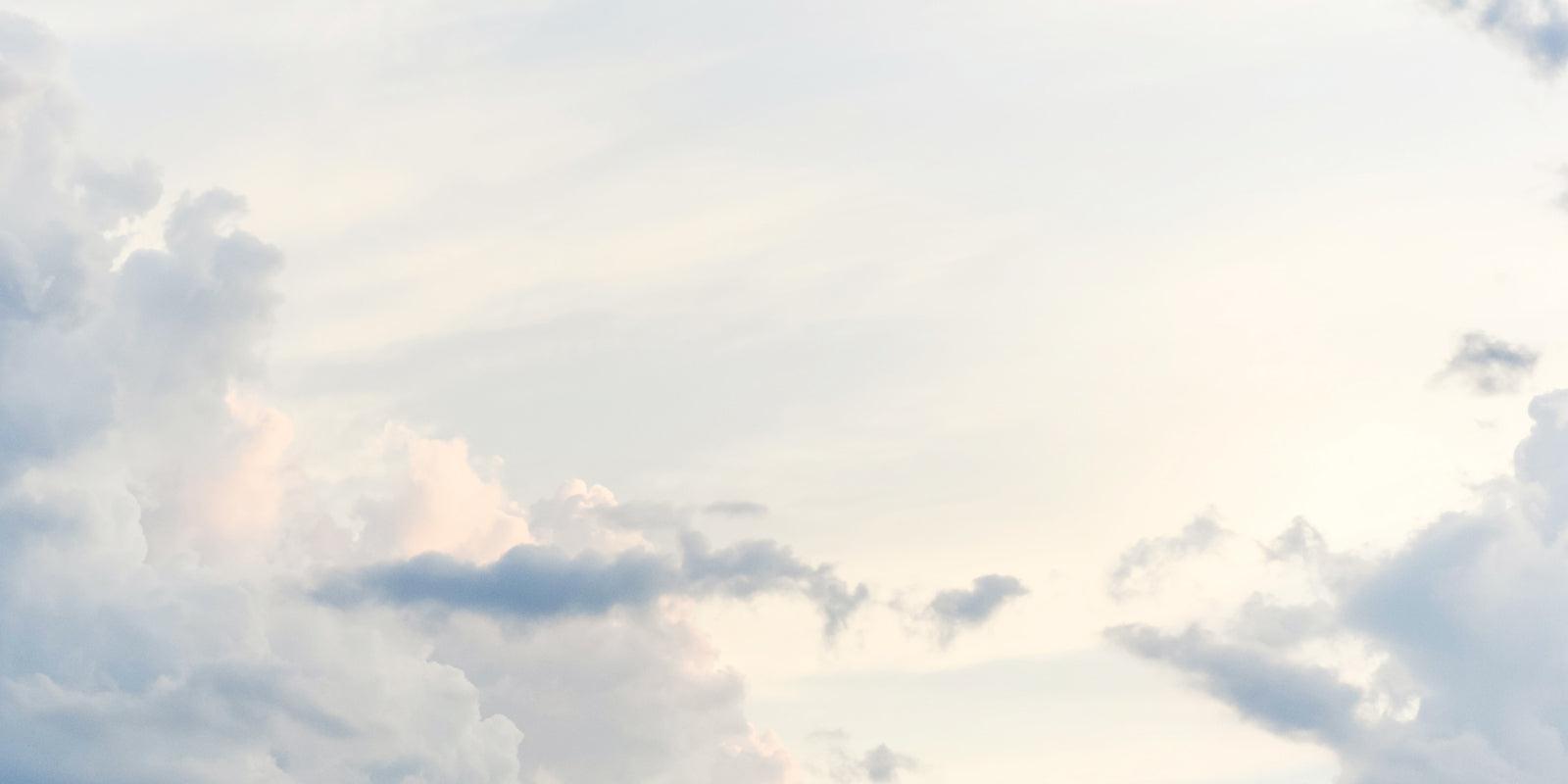
Interesting? Share with someone:
1 comment
Net in deze week moet ik een zware aanval wegwerken, hoe stom toevallig. Zelfs met een 4daagse stootkuur van de neuroloog. Gelukkig heb ik het niet meer vaak, maar als het er dan is, pjoeh… Alles te lezen op sociale media, het blad Hoofdzaken, is zeker helpend. Je staat er niet alleen voor. Bedankt voor al deze erkenning! Jullie doen heel goed werk, met het verspreiden van alles deze informatie!
Brighten up your home with atmospheric wall ideas
The Dopamine Menu: Gen Z's Ultimate Happiness Formula?